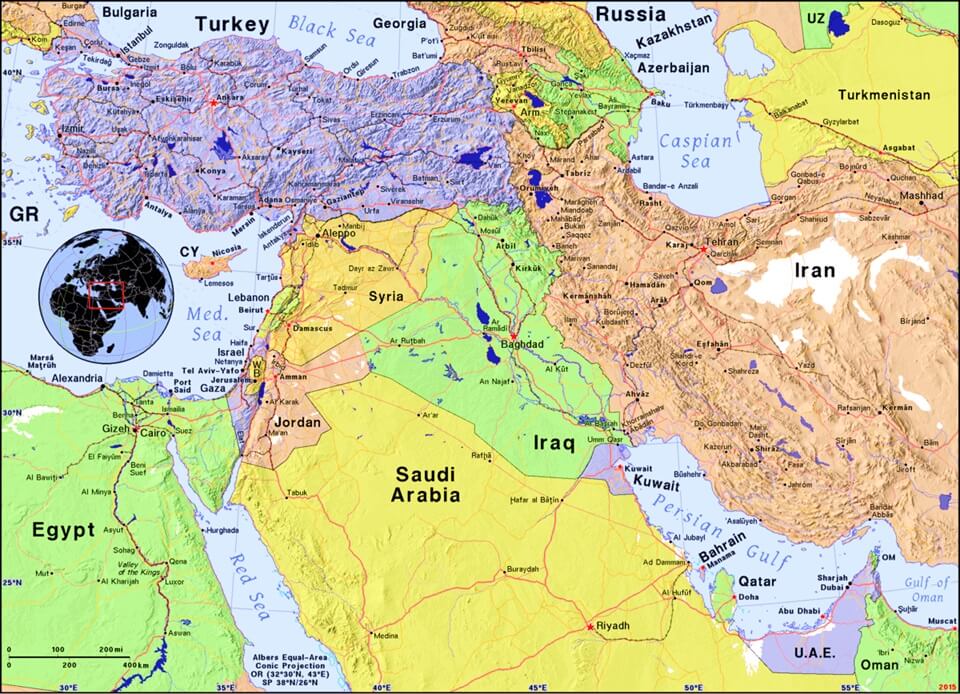 Ancient Man
Ancient Man
Ancient Man
Ancient Man


 Ancient Man
Ancient Man
Ancient Man
Ancient Man

Study the lesson for two weeks.
Over the two weeks:
Activity 1: Narrate the Chapter
Activity 2: Map the Lesson
Zoom in to find locations related to the chapter.

Activity 3: Can You Find It?
Zoom in and find the following items in 'The Reception of the Ambassadors in Damascus, 1511.'

Activity 4: Study a Picture of Damascus Today
Compare and contrast the picture of Damascus today with the image of Damascus in 1511 from Activity 3.'

Activity 5: Copy a Variant of the Aramaic Alphabet.

Using a pen or pencil, copy each Aramaic letter onto paper.

Activity 6: Complete Coloring Pages, Copywork, and Writing
